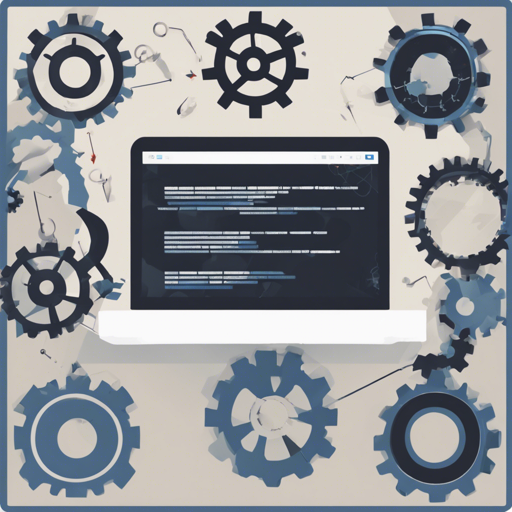Improving the maintainability and performance of your Java codebase is crucial for the longevity of any software project. Enter RefactorFirst, a powerful tool designed to assist developers in identifying which parts of their code require immediate attention. In this article, we will guide you through the process of using RefactorFirst and troubleshooting common issues, ensuring a smooth experience.
What is RefactorFirst?
RefactorFirst is a tool that scans your Java codebase and helps you identify areas that need refactoring. It focuses on three main criteria:
- God Classes
- Highly Coupled Classes
- Class Cycles
By analyzing your Git repository, it provides detailed reports, helping prioritize the refactoring process.
System Requirements
To run RefactorFirst, ensure that you have Java 11 (or newer) installed. This requirement addresses a known vulnerability in JGit, enhancing the overall security of your solution.
Running the Analysis
There are several methods to execute the analysis on your Java codebase:
1. From The Command Line (as an HTML Report)
Open your terminal and run the following command from the root of your project:
bash mvn org.hjug.refactorfirst.plugin:refactor-first-maven-plugin:0.6.1:htmlReportYou can view the report in your browser at target/site/refactor-first-report.html.
2. As Part of GitHub Actions Output
If you’re using GitHub Actions, you can generate a simplified HTML report:
bash mvn -B clean test org.hjug.refactorfirst.plugin:refactor-first-maven-plugin:0.6.1:simpleHtmlReport; echo $(cat target/site/refactor-first-report.html) $GITHUB_STEP_SUMMARY3. Adding to Your Build
Add RefactorFirst to your Maven build by including it in the build section of your pom.xml:
<build>
<plugins>
<plugin>
<groupId>org.hjug.refactorfirst.plugin</groupId>
<artifactId>refactor-first-maven-plugin</artifactId>
<version>0.6.1</version>
<configuration>
<showDetails>false</showDetails>
</configuration>
</plugin>
</plugins>
</build>4. As a Maven Report
To ensure a RefactorFirst report appears in your site report, add it to the reports section:
<reporting>
<plugins>
<plugin>
<groupId>org.hjug.refactorfirst.plugin</groupId>
<artifactId>refactor-first-maven-plugin</artifactId>
<version>0.6.1</version>
</plugin>
</plugins>
</reporting>Understanding the Output
Once the plugin complets its execution, open target/site/refactor-first-report.html to view the report. It contains:
- Graphs illustrating class cycles
- A table listing God Classes in the order they should be refactored
- Analysis results highlighting highly coupled classes
The classes in the top left are typically the easiest to refactor while also yielding the highest productivity gains.
Next Steps After Obtaining the Report
After generating the report, collaborate with your Product Owner to address the technical debt identified. Think of it as hidden negative value that is slowing down your team’s productivity. Consider using tools like the Method Reference Diagram plugin in IntelliJ Ultimate to visualize the interactions among identified God Classes and Highly Coupled Classes.
Troubleshooting Common Issues
While using RefactorFirst, you might encounter some issues. Here’s how to resolve them:
- If you get an error related to missing classes while generating reports, check your Maven configuration. Ensure that you have added all necessary plugins to your
pom.xml. - Make sure Java 11 or newer is installed; otherwise, you may run into compatibility issues with RefactorFirst.
- For Gradle users, create a dummy POM file in your project directory and try running the command again.
For more insights, updates, or to collaborate on AI development projects, stay connected with [fxis.ai](https://fxis.ai).
Conclusion
RefactorFirst is an essential tool for any Java developer looking to improve their codebase. Following this guide will ensure that you can effectively use the plugin and address any challenges that arise during the process.
At [fxis.ai](https://fxis.ai), we believe that such advancements are crucial for the future of AI, as they enable more comprehensive and effective solutions. Our team is continually exploring new methodologies to push the envelope in artificial intelligence, ensuring that our clients benefit from the latest technological innovations.

